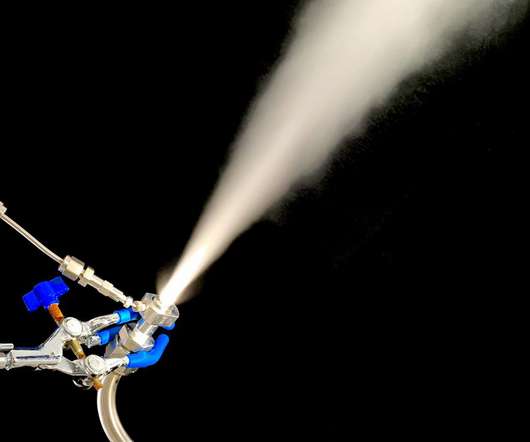New Comprehensive Lifecycle Energy and Emissions Inventory Includes Non-Operational Components; Large Aircraft Can Perform Better than Light Rail
Green Car Congress
JUNE 9, 2009
Mikhail Chester and Arpad Horvath inventoried on-road, rail, and air travel to determine energy consumption, greenhouse gas (GHG) emissions, and criteria air pollutant (CAP) emissions (excluding PM, lead, and ozone due to lack of data). 83% of rail passenger kilometers are performed by metropolitan systems (with Amtrak serving the remaining).












Let's personalize your content